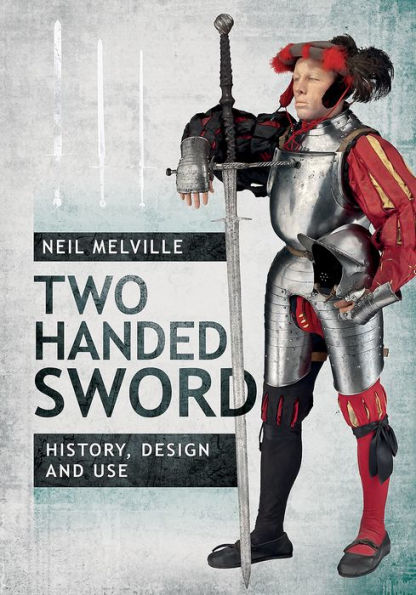5
1

Two Handed Sword: History, Design and Use
224
Two Handed Sword: History, Design and Use
224Hardcover
$42.95
42.95
In Stock

Product Details
| ISBN-13: | 9781526733139 |
|---|---|
| Publisher: | Pen and Sword |
| Publication date: | 04/05/2019 |
| Pages: | 224 |
| Product dimensions: | 6.50(w) x 9.50(h) x (d) |
About the Author
From the B&N Reads Blog
